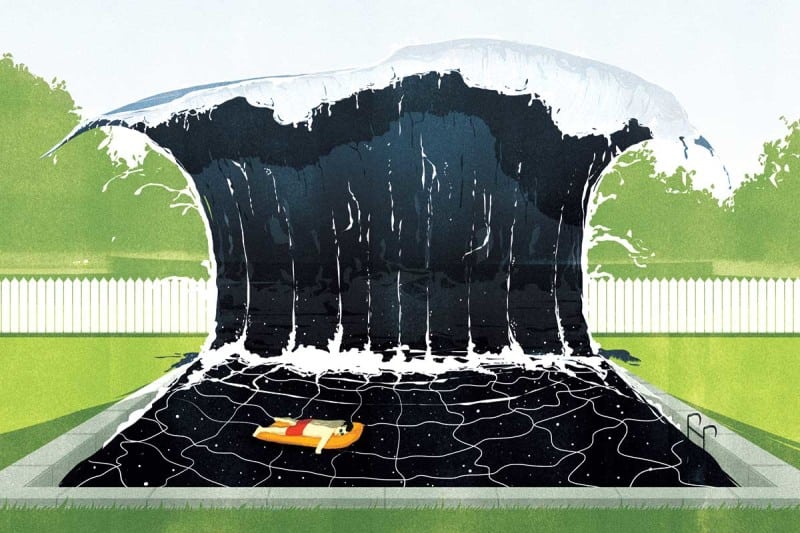
A LONG time ago, in a galaxy far away, two black holes collided. We know this because more than a billion years later, on the morning of 14 September 2015, we felt it: in the world’s most exquisitely sensitive measuring device, laser beams shifted ever so slightly as ripples in space-time washed over Earth.
This first detection of gravitational waves was the culmination of an epic scientific quest, and a stunning endorsement of general relativity, Einstein’s landmark theory of gravity. Since then, our detectors have seen them five more times. But this is just the start – and although everything we have learned from the first waves is consistent with Einstein’s masterpiece, the coming deluge of sightings could tear it apart.
Gravitational waves carry us into uncharted waters, where the fabric of the universe is so warped and gravity so extreme that our best theories are pushed to their limits. “If there is something wrong with general relativity, we are going to find it here,” says Salvatore Vitale at the Massachusetts Institute of Technology.
As engineers recalibrate the lasers to make the detectors yet more sensitive, physicists are buzzing with anticipation about what they might reveal. Theorists are now entertaining cosmic oddities that could transform our understanding of black holes, gravity and space-time itself. Their anomalous signals will not be easy to find; in some cases we hardly know what we’re looking for. But one group of physicists is claiming that we have already spotted them.

